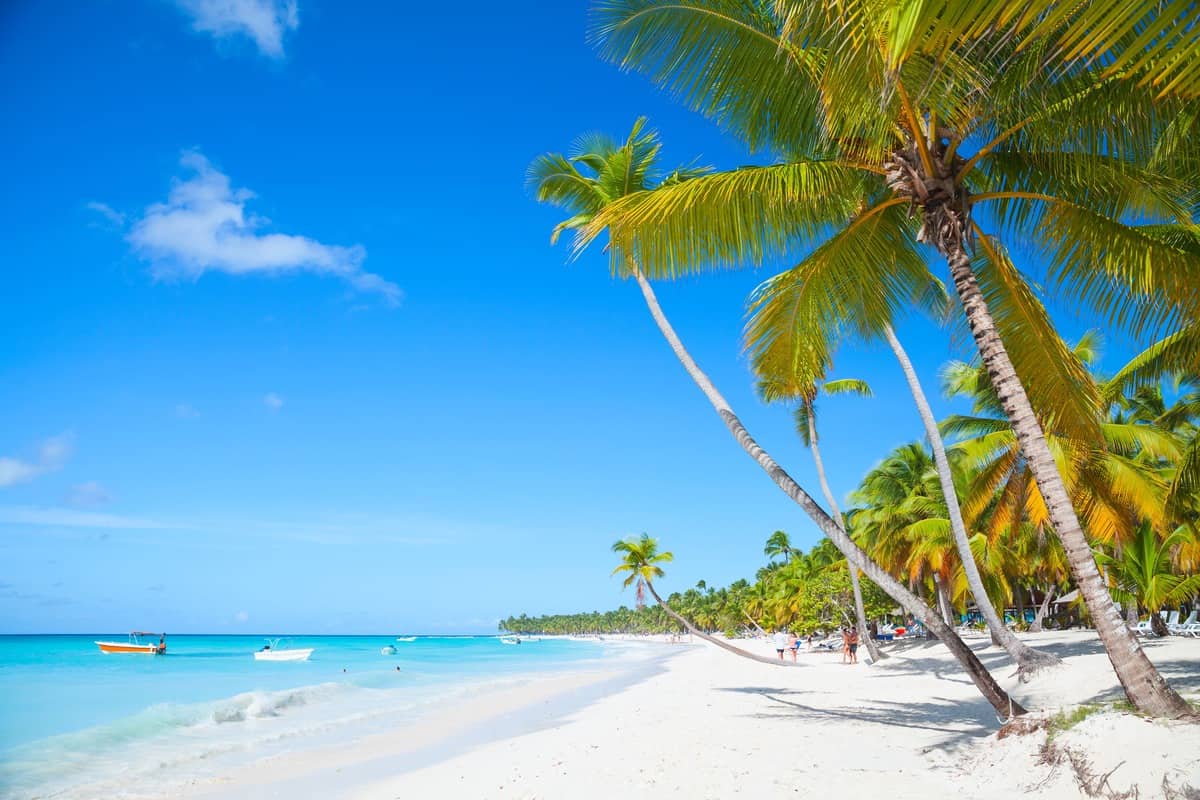Having their beach holidays ruined by seaweed is one of the main concerns for Americans heading to Cancun. Authorities may have implemented a number of measures to ensure that the sea retains its turquoise hue, but the arrival of some sargassum is still inevitable. Fortunately, there are four beaches in the area expecting less seaweed for the season.
Sargassum is a smelly brown algae that reproduces and makes landfall along the Mexican Caribbean when sea temperatures begin rising between April and October. Despite being harmless, beachgoers often complain about the algae’s putrid smell, compared to rotten eggs, and how it ruins the pristine look of the white sands.
This year, the phenomenon recurred earlier than expected, but there are still a handful of swimming spots the invading agent has missed:
Sargassum Arrives Earlier To Cancun

Whether it’s adding new barriers, investing in state-of-the-art technology, or manually removing the algae, the Quintana Roo Government has made fighting sargassum a top priority, especially after reports showed a record increase in algae levels would impact vacations in the Mexican Caribbean in 2023.
Sargassum season usually begins in April, culminating in the Northern Hemisphere summer before fading in winter, when landfall rates are negligible. This year, however, the seaweed arrived two months sooner, with the Cancun Sun reporting that some beaches in and around Cancun are facing ‘unprecedented quantities’ of the algae for the month of February.

According to the latest update issued by the Quintana Roo Sargassum Monitoring Network, Playa Ballenas and Playa Delfines, two of the most popular beaches within driving distance of Cancun, have ‘abundant‘ levels of seaweed, which could be high enough to disrupt vacations and lead to closures. Four beaches seem to have been naturally shielded from the dreaded macro-organism, though.
They are:
- Playa Centro
- Playa Sur
- Playa Las Pedras
- Playa Langosta

These Four Beaches Will Be The Least Affected This Season
Both Playa Centro and Playa Sur are beaches in Isla Mujeres, an island municipality off the coast of Cancun famous for its laid-back nature and luxury resorts that are more recluse. Due to its strategic location in an area where currents are not as powerful, Mujeres sees very little, if any, brown algae lining its shore.
But why? seeing that it is so close to shore and the Cancun coastline is normally lined with dark patches?

One of the highest risk factors for sargassum landfall is strong winds and agitated seas, which bring the sargassum deposits ashore. Not only the aforementioned sandy crescents but the whole of Isla Mujeres has the least amount of sargassum in the entire Riviera Maya this season, making it the ideal destination for American sunseekers heading south of the border.
On the mainland, the other two beaches, Las Perlas and Langosta, have been reporting ‘manageable’ sargassum levels. This means that seaweed cannot be avoided, but the impact is not so serious as to require the deployment of a round-the-clock cleaning task force or the introduction of heavy machinery to tackle the issue.

The report also indicated ‘low to non-existent’ sargassum in Holbox, yet another small island close to Cancun. Holbox is famous for being a car-free haven, and it’s been recently recognized by Travel Off Path as one of Quintana Roo’s top five underrated beach destinations.
In sum, your best bet for escaping the smelly algae when vacationing in the Mexican Caribbean is picking one of its paradisaical islands.
How Well-Equipped Is Cancun?

Sargassum is a natural phenomenon in the tropics that regularly affects the Caribbean coast of Mexico, as well as neighboring countries, particularly in the lead-up to the humid summer months when the sea becomes warmer, and algae tend to spread at a faster rate. Other studies have suggested that, as a result of numerous factors, including global warming, 2023 might be ‘even worse’ than previous years.
Luckily, Cancun and the surrounding towns have risen up to the challenge and are better equipped to manage the crisis. Over 150 cleaners have been employed in Cancun in the last few months to keep beaches untarnished, while Playa Del Carmen, where the concentration of sargassum is usually higher, has seen the installation of containers to store the material.

One thing is for certain: the local Government is sparing no effort in ensuring sands are as white as they can be and the oceans remain crystal-clear.

